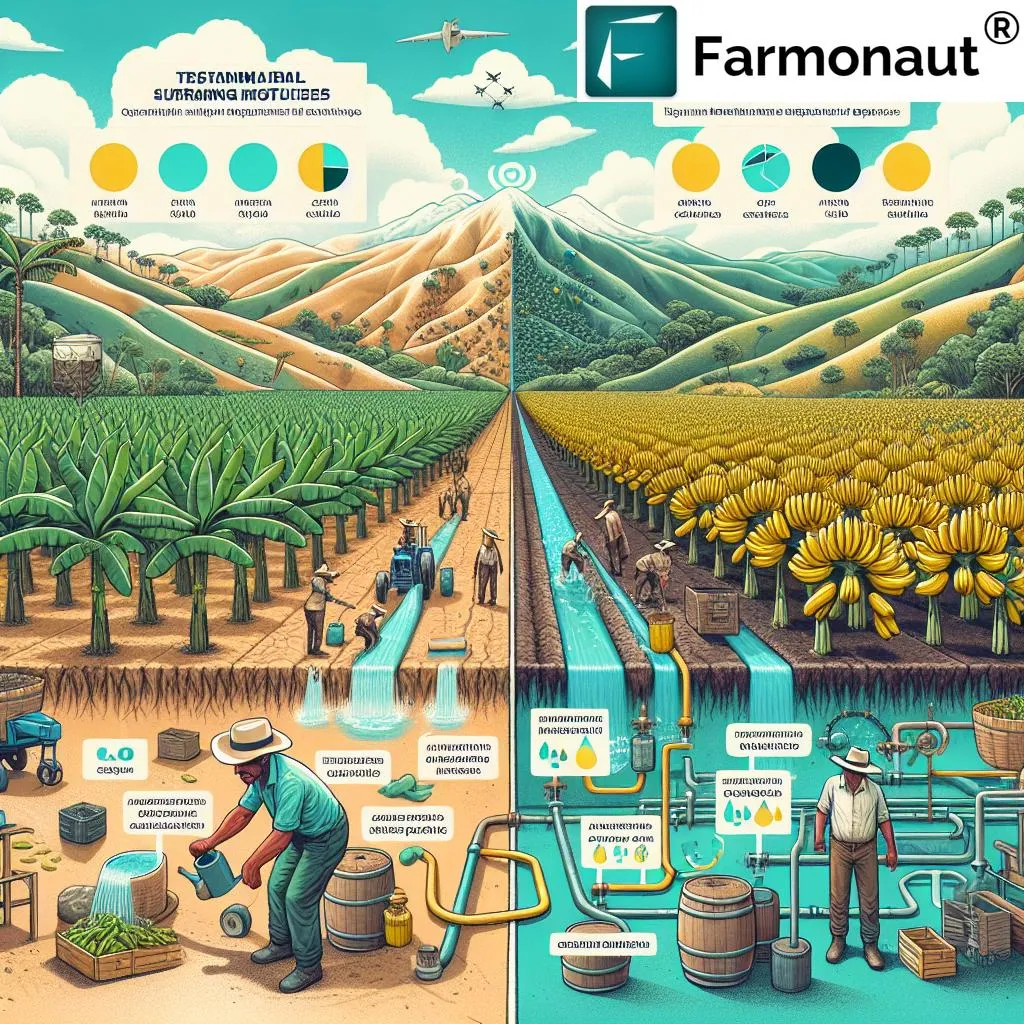In the heart of Colombia’s cocoa-growing region, a groundbreaking study is set to revolutionize how farmers manage water resources to boost cocoa yield. Professor Leonardo H. Talero-Sarmiento from the Universidad Autonoma de Bucaramanga has developed a novel linear programming model that optimizes irrigation and drainage schedules, enhancing cocoa biomass density even under water stress conditions. This research, published in the journal Ecological Informatics, translates to Ecological Information in English, offers a practical tool for farmers and policymakers to increase yield while conserving water resources.
The study, which evaluated 19,980 environmental and policy scenarios, provides key insights into the optimal timing and frequency of water applications. This is critical for sustaining crop health and productivity in the face of climate variability. “Targeted management of irrigation and drainage frequencies can substantially improve cocoa yield by adapting to fluctuating environmental conditions,” says Professor Talero-Sarmiento.
The implications of this research extend beyond the cocoa fields. In an era where climate variability is the norm, sustainable agricultural practices are more important than ever. This model offers a practical tool for farmers and policymakers to increase yield while conserving water resources. “This model provides key insights into the optimal timing and frequency of water applications, critical for sustaining crop health and productivity in the face of climate variability,” adds Talero-Sarmiento.
The study’s findings hold significant implications for the energy sector as well. As the demand for sustainable and renewable energy sources grows, so does the need for efficient and sustainable agricultural practices. Cocoa, a key ingredient in many food and cosmetic products, is also used in the production of biodiesel. By optimizing cocoa yield, this research could contribute to the development of more sustainable and efficient bioenergy production.
Looking ahead, the research team plans to enhance the model through real-time climate data integration and explore its potential application to diverse crops. This could further advance sustainable resource management in agriculture and contribute to the development of more resilient and productive agricultural systems.
In a world grappling with the impacts of climate change, this research offers a beacon of hope. It demonstrates how innovative use of technology and data can help us adapt to changing environmental conditions and build more sustainable and resilient agricultural systems. As Professor Talero-Sarmiento puts it, “This is not just about improving cocoa yield. It’s about building a more sustainable future for us all.”

